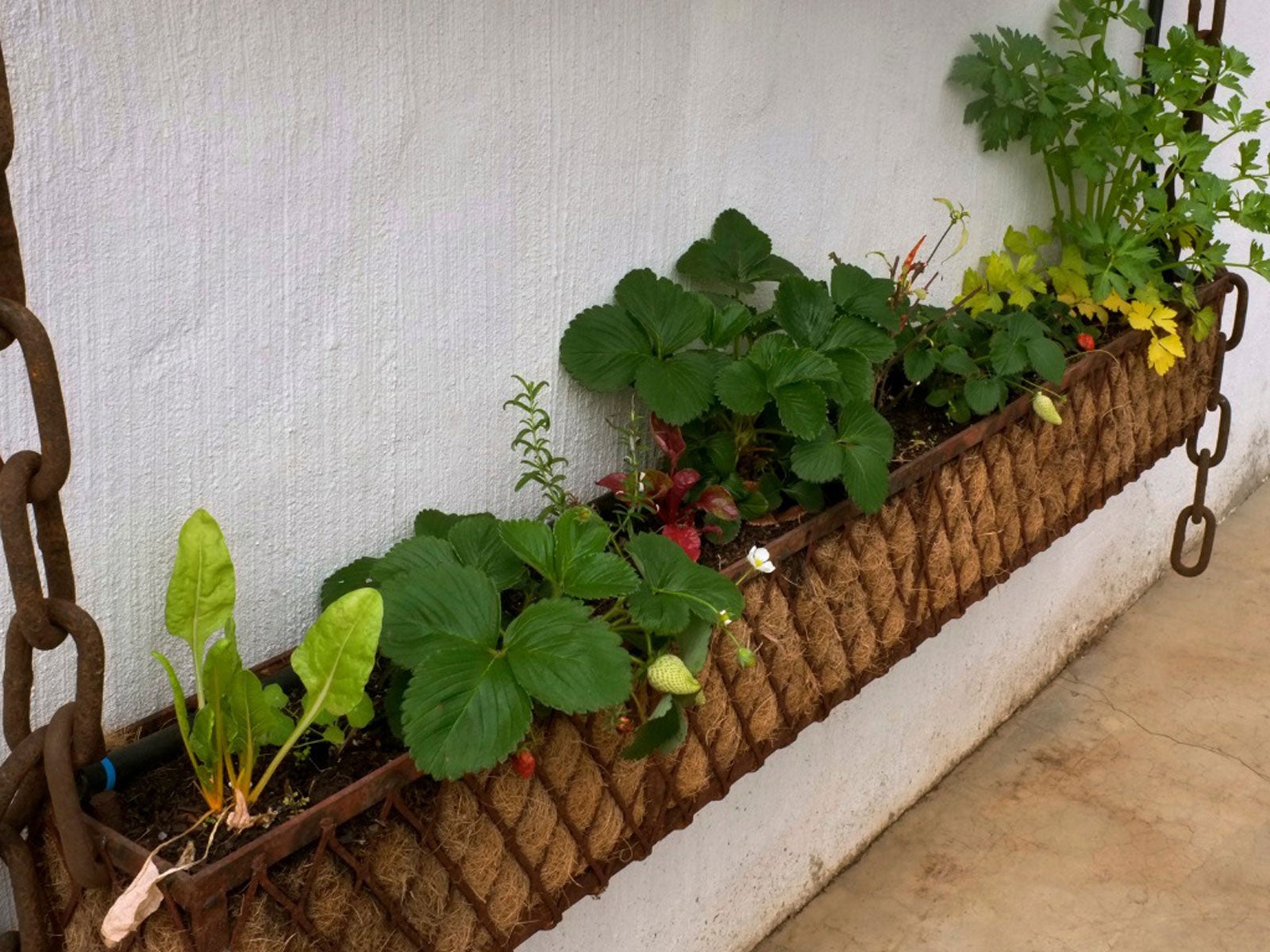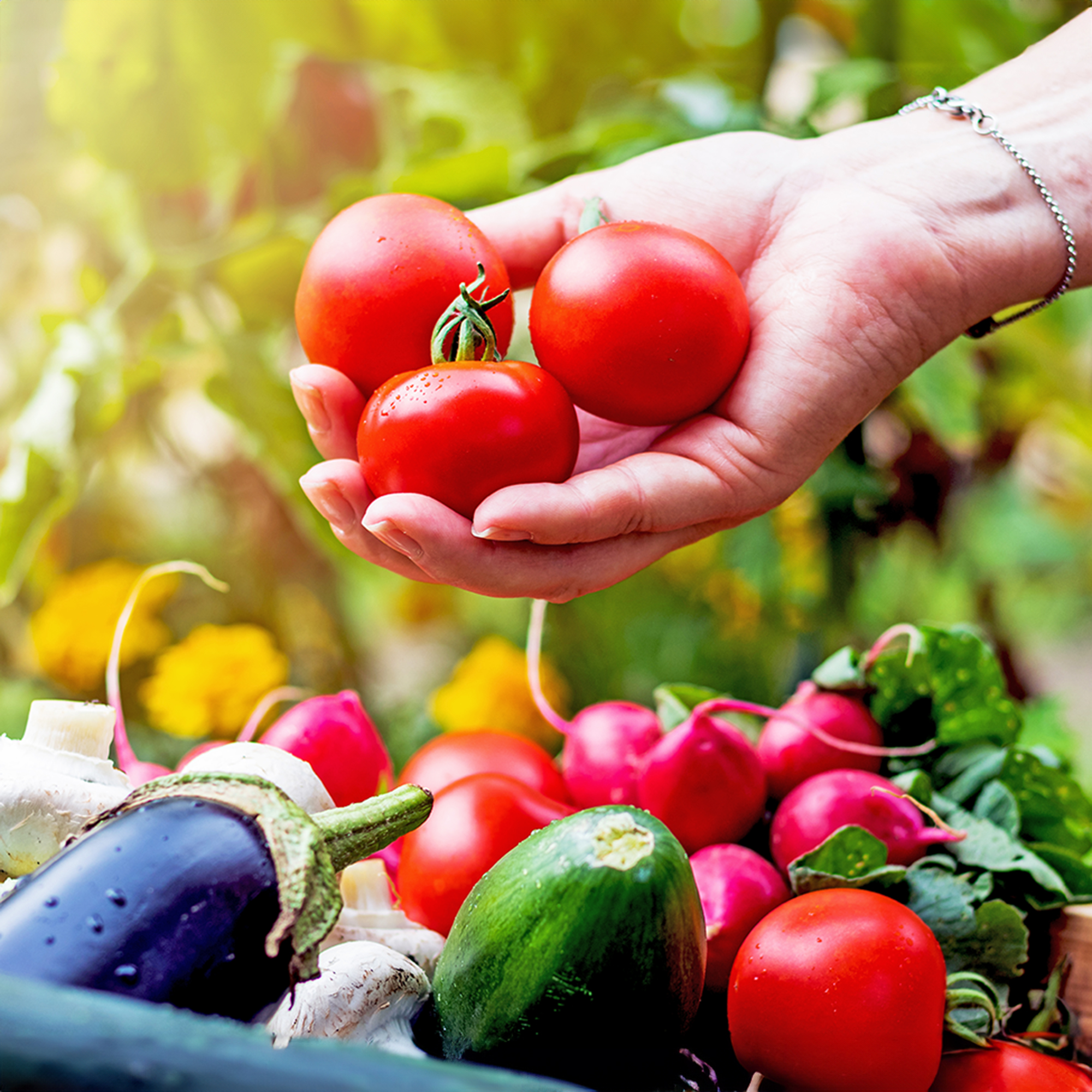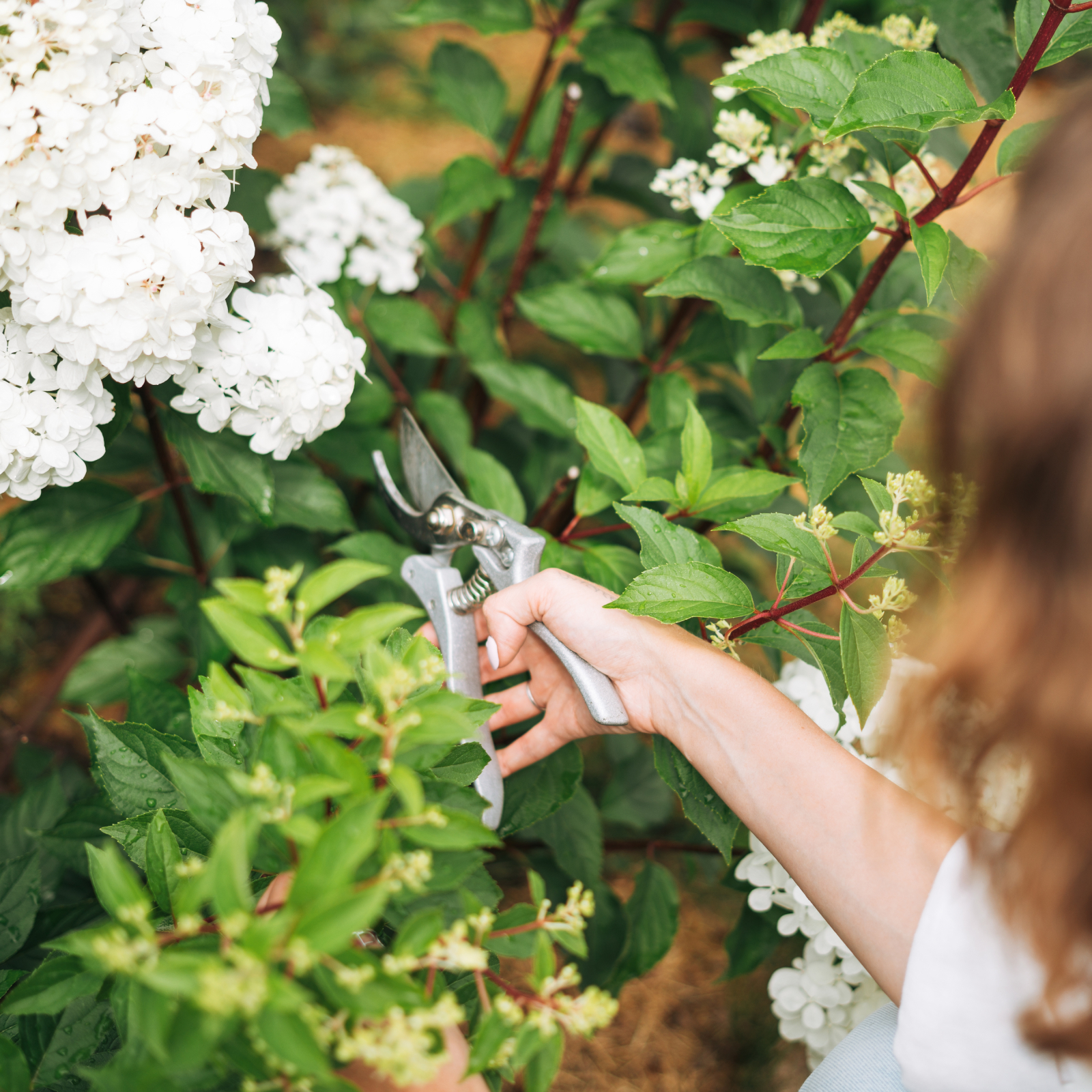Vegetables For Window Boxes: Growing Vegetables In A Window Box


Have you ever considered growing vegetables in a window box in lieu of flowers? Many vegetable plants have attractive foliage and brightly colored fruit, making them an edible substitute for expensive annuals. No matter where you live, a window planter veggie garden can add charm to a country cottage, suburban townhouse, or an intercity high-rise building.
How to Grow Window Box Garden Vegetables
First, you'll need to install window boxes if you don't already have them. If you rent your home or you live in an apartment type building, you may need to secure permission from the owner or tenant's association. Here are other considerations to keep in mind:
- Consider the weight and durability of the window box. Plastic or fiberglass window boxes weigh less than wood or stoneware, but the former may become brittle when exposed to sun or freezing temperatures.
- Choose the correct size planter. Window boxes which properly fit the window have the most curb appeal. Select a box which is at least as wide as the window or slightly wider. A 6 inch (15 cm.) deep box is fine for shallow rooted plants but install a 12 inch (31 cm.) deep box for growing root crops, tomatoes, or peppers.
- Attach the window boxes securely with brackets. Choose brackets which hold the box slightly out from the building. This not only protects the building's exterior from water damage and stains, but also allows air to circulate behind the box. Boxes mounted directly on brick or dark sided buildings will absorb too much heat.
- Secure the boxes a few inches (8 cm.) below the windowsill. This prevents rainwater from back splashing dirt onto the window. It also affords a more attractive view from inside the home as the planter, dirt, and stems are not as visible.
Selecting Vegetables for Window Boxes
Which types of plants you choose to grow in your window planter veggie garden will determine the productivity of your mini garden. You can make the most of your limited gardening space by cultivating multiple crops of microgreens. Or you can set your sights on tasty homegrown tomatoes. Dwarf tomato varieties are particularly well suited for containers.
You can also mix and match. Try planting spinach in the same box as a chili pepper plant. By the time the pepper seedling needs more room, it will be time to harvest the spinach. Here are some suggestions for veggies which grow well in window boxes:
- Microgreens (14-21 days)
- Radishes (30-40 days
- Spinach (35-45 days)
- Lettuce (45-55 days)
- Beets (45-65 days)
- Bush beans (50-55 days)
- Baby Carrots (50-60 days)
- Basil (50-75 days)
- Dwarf peppers (50-90 days)
- Green Onions (60 days from seeds)
- Chives (60 days from seeds)
- Chamomile (60 days)
- Patio tomatoes (65-70 days)
- Parsley (70-90 days)
- Oregano (80-90 days)
- Celery (80-100 days)
- Garlic (90 days)
- Parsnips (100 days)
Once you've decided what to grow, fill your window planter veggie garden with a quality potting soil mix. Choose a type with time-release fertilizer or add your favorite brand. Follow seed packet or seedling tag recommendations for planting your veggies.
Gardening tips, videos, info and more delivered right to your inbox!
Sign up for the Gardening Know How newsletter today and receive a free copy of our e-book "How to Grow Delicious Tomatoes".

Laura Miller has been gardening all her life. Holding a degree in Biology, Nutrition, and Agriculture, Laura's area of expertise is vegetables, herbs, and all things edible. She lives in Ohio.
-
 What Not To Plant With Tomatoes: 8 Bad Neighbors That Could Ruin Your Harvest
What Not To Plant With Tomatoes: 8 Bad Neighbors That Could Ruin Your HarvestNot all companion plants are beneficial – some can sabotage your tomatoes. Find out which ones to keep at a safe distance in the garden.
-
 Pruning Limelight Hydrangea Bushes For Bigger Blooms & Stronger Plants
Pruning Limelight Hydrangea Bushes For Bigger Blooms & Stronger PlantsPruning 'Limelight' hydrangea will benefit the shrub. Flowers will be more bountiful the next year and branches will be stronger. Learn how and when to prune.